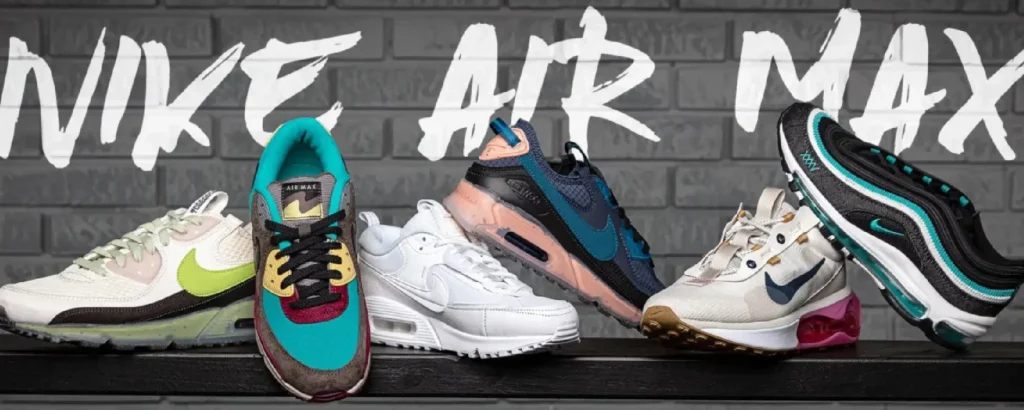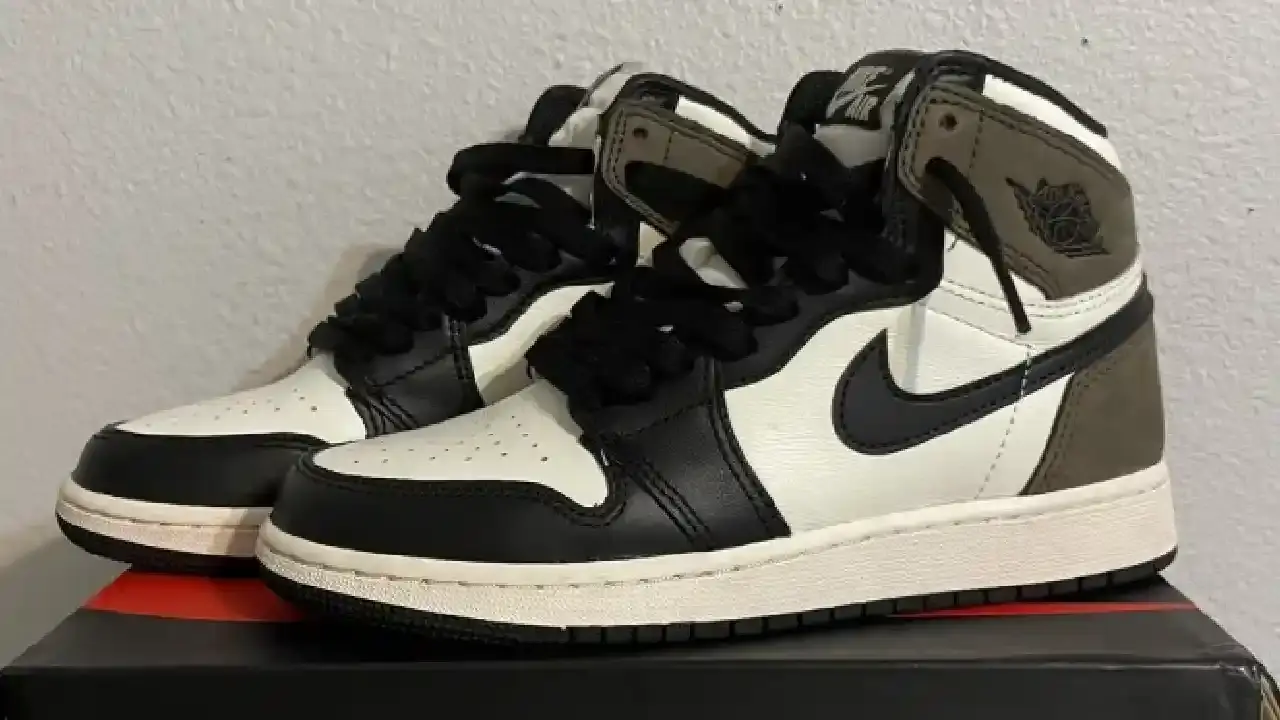In a world where tennis shoes have ended up more than fair footwear—where they symbolize culture, personality, and indeed monetary status—brands like Cocokick are revamping the rules. Without showy campaigns, celebrity supports, or multi-million-dollar collaborations, Cocokick has unobtrusively developed as a grassroots powerhouse in the American sneaker landscape.
But what makes it diverse? Why are sneakerheads from Modern York to Los Angeles jettisoning the buildup to shake something off the radar?
Let’s plunge into it.
The Birth of a Counterculture: Cocokick’s Origins
Cocokick didn’t begin in a shiny showroom or corporate meeting room. It developed from online communities, message sheets, and social media strings where regular individuals voiced disappointment over overrated tennis shoes, impossible-to-cop drops, and affiliates flipping kicks at 300% markup.
This wasn’t fair approximately shoes—it was approximately reasonableness, openness, and expression. Cocokick ventured into that space with a straightforward guarantee: quality tennis shoes with genuine fashion, accessible to everyone.
They didn’t take after the standard equation. No bulletins, no Super Bowl advertisements. Fair genuine craftsmanship, trend-aware plans, and estimating that didn’t punch you in the gut.

America’s Sneaker Culture Is Changing
Let’s be honest—Nike, Adidas, and Jordan have ruled the diversion for decades. But over the past few a long time, something’s moved. The enchantment is blurring. Drops feel corporate. Buildup feels empty. And numerous shoppers are inquiring, “Is this indeed almost tennis shoes anymore?”
It’s not almost attempting to see like you fair went through lease cash on a constrained discharge. It’s almost fashion you can relate to, costs that won’t break you, and plans that still turn heads. Individuals are hungry for realness—and Cocokick conveys that in spades.
Aesthetics That Hit Home
One of the to begin with things you take note almost Cocokick shoes is the consideration to detail. The sewing is tight. The colors pop. The materials feel premium—leather that’s delicate, softened cowhide that’s wealthy, midsoles that don’t drop level after two wears.
They borrow from what works—iconic outlines, adored colorways—but infuse fair sufficient creativity to feel new. You’re not wearing a knockoff. You’re wearing a articulation: “I know what I like, and I don’t require a symbol to demonstrate it.”
People need to wear shoes, not contribute in stock. Cocokick brings tennis shoes back to the roads where they belong.
Style That Doesn’t Break the Bank
This is where Cocokick hits difficult: estimating. In a culture where modern Jordans can run $250+ and Yeezys be a tease with four figures on the resale showcase, Cocokick slides in at a cost point that feels like 2012 again.
But don’t befuddle “affordable” with “cheap.” Their quality rivals, and in some cases outperforms, standard brands. The mystery? No agents, no bloated showcasing costs, and no fake exclusivity.
In a sense, Cocokick is democratizing design. Everybody merits clean kicks—whether you’re flipping burgers, portray wall paintings, or building new companies in your garage.
The Community Driving the Movement
Cocokick isn’t fueled by billion-dollar speculators or a smooth app. It’s fueled by you. The kid who posted a fit pic on Reddit. The hair stylist who appeared off his new match on TikTok. The college understudy who told three companions, and they told three more.
This isn’t a brand that talks at individuals. It tunes in. Fans make the brand. Genuine clients donate genuine feedback—and Cocokick really applies it. That’s rare.
Online, you’ll see people exchange joins, surveys, and styling tips. Offline, you’ll see sets in skate parks, tram stations, coffee shops. Cocokick tennis shoes aren’t status images. They’re fashion in motion.
Replicas or Insurgency? The Gray Area
It wouldn’t be reasonable to conversation approximately Cocokick without tending to the elephant in the room: are they reps?
In brief, yes—Cocokick makes high-quality reps of well known tennis shoes. But let’s not misrepresent. These aren’t fakes sold beneath untrue pretenses. They’re straightforward, forthright, and gladly non-mainstream. And that’s portion of their appeal.
Critics cry foul, but supporters thrust back: Why ought to we pay $400 for a plan that taken a toll $30 to create? Why is fashion saved for the rich?
In a way, Cocokick’s presence challenges the restraining infrastructure of conventional sneaker brands. They flip the control energetic and put the center back on fashion, not status.
The Greater Picture: Why Cocokick Matters
In today’s design world, genuineness is uncommon. And in the U.S.—where consumerism and branding regularly go hand-in-hand—it’s reviving to see something like Cocokick pick up traction.
This isn’t fair a sneaker brand. It’s a explanation. A challenge. A update that culture doesn’t have a place to corporations—it has a place to the people.
Cocokick doesn’t ask for approval from the standard. It doesn’t apologize for existing in the gray zone. Instep, it inclines into it, welcoming the world to reimagine what mold can be when benefit takes a rearward sitting arrangement to people.
Conclusion: The Future of Footwear Is Here—and It’s Not What You Expect
Will Cocokick take over the sneaker industry? Likely not in the customary sense. But that’s the point.
It’s not attempting to be the another Nike. It’s attempting to be the to begin with Cocokick—a development that breaks molds, challenges estimating standards, and gives voice to a era tired of gatekeeping.
So another time you see somebody in a combine of new kicks you don’t recognize, don’t inquire, “Are those real?” Perhaps inquire, “Do they feel like you?”
Because in a world chasing the another huge drop, perhaps the genuine flex is wearing something that feels really yours.

